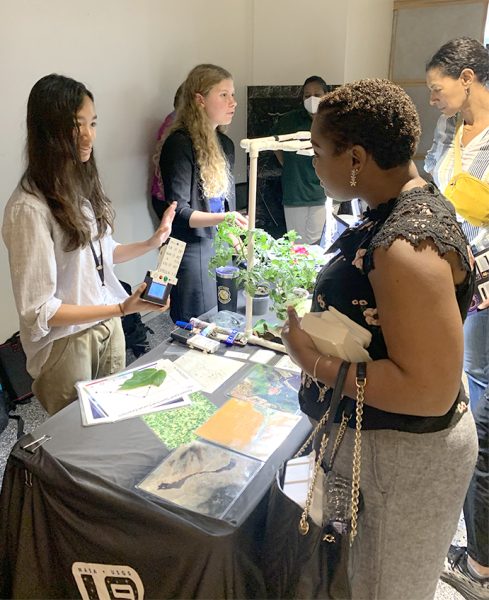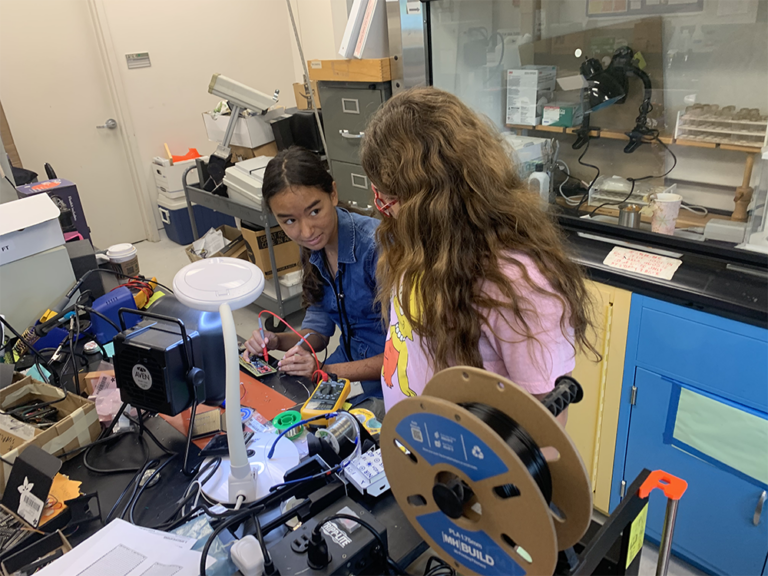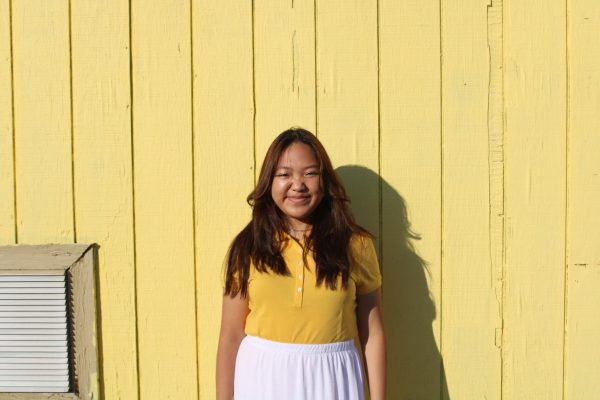Senior Sabrina Pillai is a Science and Technology and Capstone Roosevelt student who is currently interning at the NASA Goddard Space Flight Center. Especially over the summer of 2023 she excelled on the project she assisted within NASA. In that internship, her exceptional contribution has created a nationwide- maybe even worldwide- impact on the environment.
The project that Pillai and another high school student were working on is called the STELLA. According to NASA, STELLA is “the handheld, do-it-yourself gadget [that] can scan, record, and analyze features of the environment, such as plant health.” The device operates to read and measure plant health, making it accessible for agricultural purposes, inexperienced users, and those who want to know more about remote sensing, “hopefully cut[ting] back on food wastage and open the door to more innovation and collaboration,” Pillai adds.
All this technology is thanks to two things: Normalized Difference Vegetation Index (NDVI) and Landsat. NDVI converts specific wavelengths from its readings to a comprehensive set of data that shows “levels of plant stress long before any visual indicators such as wilting or change in color takes effect,” Pillai includes. Landsat, short for land satellite, provides information about the Earth, pertains to the field of remote sensing of other comprehensive maps and the planet, and helps figure out what is happening worldwide. As Pillai puts it, “STELLA is like having a mini Landsat in the palm of your hand.”
While working on STELLA, Pillai was able to experience “learning [how] to code… to use solid works to create my own CAD designs, how to convert for radiance and reflectance, and so much more.” She already had background knowledge and experiences in most of her work, but “each day on the job had some sort of new lesson” for her. During that time, she went into the subjects of plant-based biology, remote sensing, and understood electrical engineering from an accomplished group of people. She also learned how to work in a team, take initiative, ask for help when needed, and make mistakes and grow from them.
Along with doing the project, Pillai got a chance to watch a live TED Talk by Tom Wujec in which she received tips on how to give a good presentation, “skills” she hopes “to implement into [her] everyday work, especially with [her] Capstone and RP presentations.” She also met each Thursday with the lead engineer and creator of the device who taught the process of creating devices such as the STELLA. She even visited NASA’s DC headquarters twice to explain the project to the public.

“So, the work never stops,” Pillai states. As of this time, she is continuously working at NASA as a paid intern for the rest of the school year. An event that she has recently attended is a poster presentation hosted by the Food and Drug Administration (FDA) on November 14 in DC to present her findings on the STELLA project in DC.
Two of Pillai’s ways to strive during her internships are to, “just throw yourself out there and try something new” and “live by the mentality that’s if it’s meant to be all will work out.” Her advice to everyone who would like to pursue the engineering field is: “Don’t be afraid to be a risk taker, be creative, fail!”



